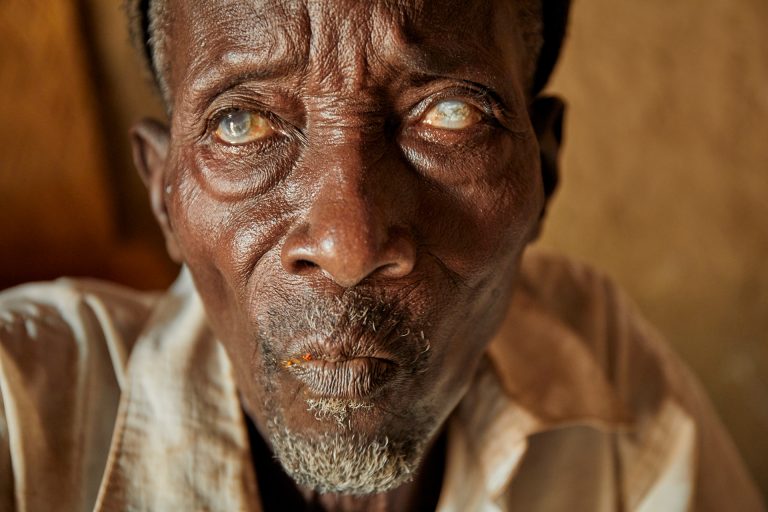Ending River Blindness in Senegal
By Ed Kashi / VII
The END Fund is working to eliminate river blindness in Senegal. These scenes are found in Tambanoumouya, Senegal where 66% of the village suffered from the disease in 1986. Today, this illness is nearly nonexistent.
River blindness (onchocerciasis) is an eye and skin infection caused by parasitic worms. Currently, over 198 million people in over 31 countries require treatment, the majority being in Africa. The disease is transmitted by the repeated bite of black flies on fast-flowing rivers and streams carrying the parasite.
The microfilariae (early stages of the parasitic worm) enters the human body upon the fly bite and can live up to 15 years within the body, potentially releasing 1,000 microfilariae a day. Consequently, people experience rashes, itchy skin, and impaired vision. When left untreated, itching can lead to bacterial infections and vision impairment occurs after many years of severe infection, so is only present in those over 30. When the microfilariae die in the eye, the inflammation leads to opaque spots in the cornea, and if left untreated, the cornea will become permanently cloudy. The optic nerve becomes damaged and the blindness is irreversible.
There is a safe, quick, successful treatment called ivermectin (Mectizan®). Community treatment is annual, continuing for 10-15 years until the adult worm life cycle ends. The END Fund has supported over 54 million river blindness treatments at a drug value of over $204 million. Pharmaceutical company Merck & Co. created the Mectizan Donation Program in 1987 to donate tablets for river blindness control to all who needed it in perpetuity.
Currently, the primary elimination strategy is sustainable, community-led mass drug administration of ivermectin. WHO aims to eliminate the disease by 2030.
This project was supported by The END Fund.
